Blog Archives



How Smart Agreement Management is Shaping the Future of Business
In today’s fast-paced, digitally distributed business environment, managing contracts and agreements efficiently is no longer a luxury, but it’s a necessity. As teams operate across time zones and deals become more complex, the traditional methods of handling agreements simply can’t keep up. Agreements represent critical business milestones, but the tools used to manage them haven’t evolved nearly as fast as the businesses they support. For many, emailing PDF attachments isn’t much different than mailing paper contracts. Others have adopted digital signature tools like DocuSign, which streamlines the signing process. Yet, for the most part, agreements remain static files, disconnected from systems, difficult to analyze, and burdensome to manage.
This gap between modern business needs and legacy agreement processes creates serious challenges: operational inefficiencies, increased risk, lost revenue, and valuable time wasted on low-impact administrative tasks.
At Info Quest Technologies, we understand that the traditional way of handling agreements no longer meets the demands of modern business. That’s why we’ve strengthened our portfolio through strategic alliances, most notably with DocuSign, to help organizations rethink the way they manage agreements from the ground up.
DocuSign’s Intelligent Agreement Management (IAM) platform represents a major shift: it turns agreements from static files into dynamic, connected assets that power real business outcomes. By bridging the gap between contracts and core systems, like CRM, HCM, and ERP, IAM enables smarter, faster, and more strategic decision-making.
Here’s how IAM transforms the agreement journey:
- Smarter Creation: Build agreements with built-in automation, collaboration tools, and seamless system integration.
- Faster Commitment: Finalize contracts more securely and efficiently, improving experience for customers, partners, and employees.
- Intelligent Management: Gain visibility into every agreement, uncover insights hidden in documents, and reduce compliance and operational risks.
With AI-driven capabilities, IAM accelerates contract workflows, supports better negotiations, and gives businesses full control over their agreement portfolio.
Innovative agreement technologies like DocuSign IAM are helping organizations, and not just businesses, evolve the way they work. These solutions streamline the entire agreement lifecycle, from initiation to execution, making the process smarter, faster, and more connected. Here are a few keyways this transformation is taking shape:
- Start with the Right Data
Agreements now begin with accurate, pre-populated data drawn directly from your existing systems. - Collaborate Seamlessly in One Place
Everyone involved in an agreement, legal, sales, procurement, and more, can access a centralized, user-friendly workspace to track progress, leave comments, and stay aligned in real time. - Find Language and Agreements Faster with AI
Advanced AI tools allow teams to search across agreement libraries to find specific clauses, terms, or documents instantly. - Make Smarter Decisions with Agreement Reporting
By extracting key data points from contracts, your team gains instant visibility into individual agreements or your entire agreement portfolio, enabling better informed, faster decisions. - Connect Systems Through Integrations
Instead of uploading, downloading, and reformatting documents across disconnected tools, agreements now live on a single, unified platform from drafting to negotiation, signature, and renewal. - Automate Manual Steps
Built-in automation replaces repetitive tasks and eliminates bottlenecks. Agreements automatically move from one step to the next, reducing delays and administrative overhead. - Simplify Collaboration with Cloud-Based Workspaces
With a single, secure cloud-based document that’s always up-to-date, teams work on the same version anytime, anywhere. Agreements are created, managed, and stored within DocuSign Workspaces, a centralized hub designed for modern collaboration.
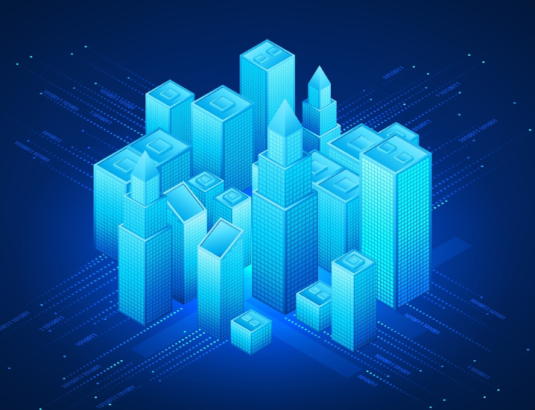
Understanding Building Energy Management Systems
Building Energy Management Systems (BEMS) have come to replace the traditional Building Management Systems (BMS),…
Read more 28 May, 2025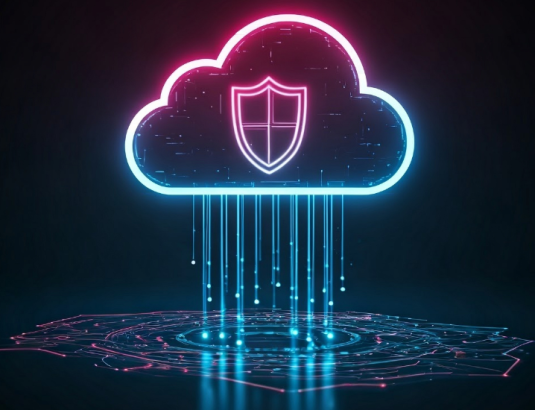
The state of Cybersecurity
As advanced and emerging technologies continue to evolve, cybersecurity is being challenged by an increasingly…
Read more 9 May, 2025
Transforming IT into a Strategic Investment
For many businesses and executives, technical debt is considered a major obstacle to achieving their…
Read more 24 April, 2025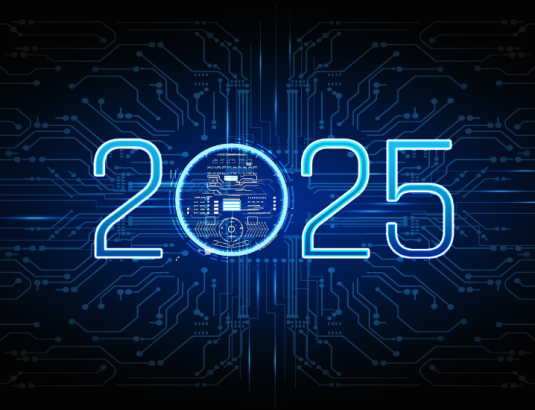
Tech Trends 2025
Technology is rapidly evolving, and emerging trends promise to impact every aspect of our lives…
Read more 14 February, 2025


Technology & Environment
In an era marked by rapid environmental change, critical questions arise: Can technology play a crucial role in combating serious environmental challenges?
The answer is yes. Technology, particularly the Internet of Things (IoT) and Information and Communication Technologies (ICT), have the potential to significantly alleviate the impacts of the climate crisis when used effectively.
Beyond organizational applications, IoT systems can be deployed in vital environmental interventions that may not be immediately obvious, such as flood management, wildfire prevention, and pollution monitoring. At the same time, innovative technologies, like smart buildings, connected vehicles, and wearable devices, are contributing to these efforts in impactful ways.
ICT systems, by acquiring, transmitting, and visualizing data in digital formats, can also aid in addressing climate-related issues. They support the transition to a circular economy and assist in environmental monitoring and prevention strategies.
A prime example of the synergy between IoT and ICT is the use of sensors that collect vast amounts of real-time data, enabling accurate prediction of future phenomena, such as weather patterns and extreme weather events.
Smart grid technology is another area where innovation makes a difference. It enables efficient management and distribution of renewable energy sources like solar, wind, and hydrogen. By utilizing digital communication systems to collect data on energy usage and distribution, utility companies can detect and resolve service issues quickly and effectively.
Addressing Key Environmental Challenges:
Energy Efficiency
Smart grids and smart meters, powered by IoT devices, facilitate real-time communication between suppliers and consumers. This allows suppliers to manage energy demand more effectively, optimize distribution networks, reduce energy consumption, and lower costs.
Air Pollution Reduction
Real-time monitoring systems collect and analyze environmental data to identify the causes and fluctuations of pollution. For example, integrating data from traffic cameras and vehicle GPS systems can help reduce CO₂ emissions by improving traffic flow and identifying high-emission zones.
Water Conservation
Remote sensing technologies, such as smart soil moisture sensors, can be deployed in agricultural areas to monitor water usage and optimize irrigation. This leads to more sustainable water management.
Smart Agriculture
Advanced agricultural technologies enable the collection of detailed data on soil conditions and crop health. This information is used to improve yield, reduce waste, and create more sustainable farming practices.
Info Quest Technologies stands at the forefront of innovation, delivering reliable ICT solutions that support sustainable development goals. Through our commitment to digital transformation, we empower organizations to adopt smart technologies, streamline operations, and embrace eco-friendly practices.

Understanding Building Energy Management Systems
Building Energy Management Systems (BEMS) have come to replace the traditional Building Management Systems (BMS),…
Read more 28 May, 2025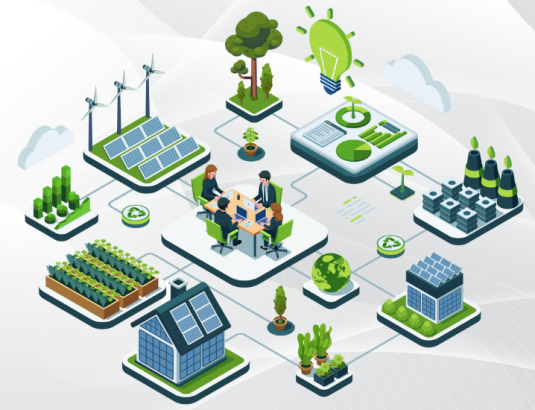
Sustainability for Business
Climate change and environmental issues are causing growing concern and reactions both in societies and…
Read more 11 April, 2025
Circular Economy Business Models
The pressing economic and environmental challenges of today underscore the urgent need for businesses to…
Read more 3 April, 2025
Tech Trends 2025
Technology is rapidly evolving, and emerging trends promise to impact every aspect of our lives…
Read more 14 February, 2025


Understanding Building Energy Management Systems
Building Energy Management Systems (BEMS) have come to replace the traditional Building Management Systems (BMS), which primarily focus on controlling systems, that is, simply turning them on and off.
Essentially, BEMS were created with the idea of helping businesses and organizations gain full control over the energy they consume, monitor it, and optimize the use of energy by the building’s services and equipment. It’s a smart network, an advanced technology that integrates real-time data and ensures that a building operates in its most energy-efficient state without compromising user comfort. As we can see, BEMS play a crucial role in managing systems like HVAC, lighting, and other devices, helping users understand their consumption and find ways to improve it.
In short, while traditional BMS may control a building’s environment, they lack comprehensive management and control capabilities. Integrating a BMS into a BEMS creates a stronger approach to building management. But how does it work?
Through sensors embedded throughout the infrastructure, real-time data on various environmental factors are collected. Once the data is gathered, controllers analyze and process it using algorithms to recommend and implement real-time adjustments to HVAC systems and other devices to optimize energy use. Users are also provided with a central platform where they can monitor facilities, receive alerts about issues, and make the appropriate changes. Finally, the communication network ensures seamless data flow between sensors, controllers, and the user interface.
Before installing a BEMS, we must ensure it includes certain functionalities such as:
Fault Detection and Diagnosis (FDD): Enables predictive maintenance by identifying issues before they escalate.
Workflow Automation: Allows the system to automate various processes based on specific criteria and conditions.
Integration with existing systems: Ensures the BEMS can access and analyze data from all connected systems.
Real-time monitoring and analysis: Allows immediate understanding of energy consumption patterns and inefficiencies.
Intuitive user interface: Makes it accessible to all users, regardless of technical expertise.
In summary, BEMS offer a range of benefits that meet modern needs such as energy savings, increased productivity through comfort, cost reduction, and lower CO₂ emissions. At Info Quest Technologies, we have started investing in BEMS and smart buildings through our partnerships, primarily with Cisco and Intelligent Buildings.

How Smart Agreement Management is Shaping the Future of Business
In today’s fast-paced, digitally distributed business environment, managing contracts and agreements efficiently is no longer…
Read more 24 June, 2025
The state of Cybersecurity
As advanced and emerging technologies continue to evolve, cybersecurity is being challenged by an increasingly…
Read more 9 May, 2025
Transforming IT into a Strategic Investment
For many businesses and executives, technical debt is considered a major obstacle to achieving their…
Read more 24 April, 2025
Tech Trends 2025
Technology is rapidly evolving, and emerging trends promise to impact every aspect of our lives…
Read more 14 February, 2025

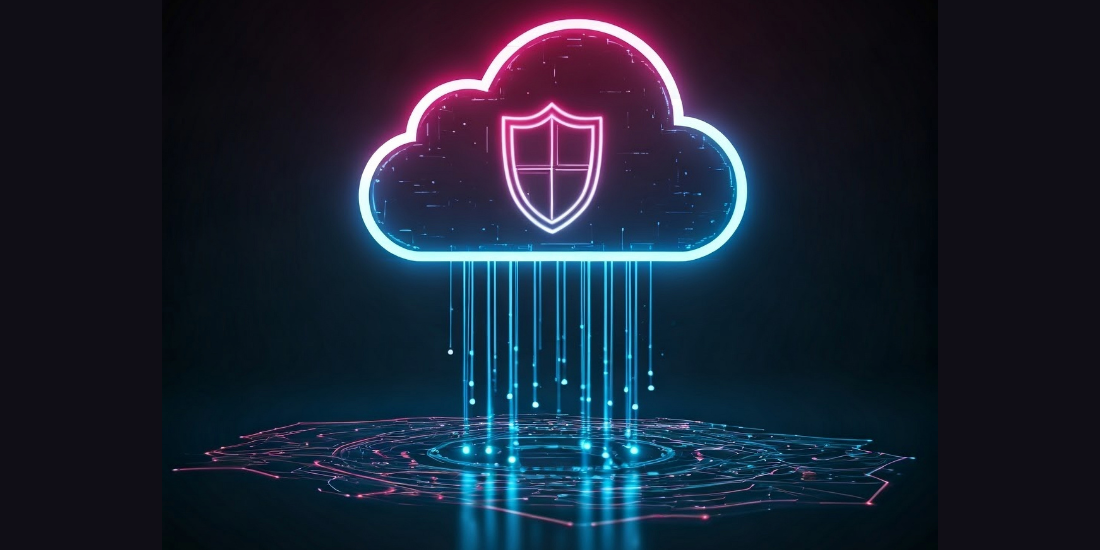
The state of Cybersecurity
As advanced and emerging technologies continue to evolve, cybersecurity is being challenged by an increasingly complex and dynamic threat landscape. Cybercriminals are now using tools meant to strengthen digital defenses—such as Artificial Intelligence (AI)–to craft more sophisticated, and difficult-to-detect attacks. In response, IT teams can no longer rely solely on software updates; they must create proactive and adaptable security environments.
What about organizations? They need to invest in people, strengthen their internal capabilities, and adopt cutting-edge technologies to stay ahead of evolving threats. Several key factors are shaping this new cybersecurity reality:
Geopolitical Instability: Nearly 60% of organizations report that international tensions have impacted on their cybersecurity strategies.
Complex Supply Chains: As businesses become more reliant on third-party vendors, 54% of large organizations cite third-party risk management as one of their most significant challenges to achieving cyber resilience.
Emerging Technologies: Although 66% of organizations anticipate that AI will have a major impact on cybersecurity in the coming year, just 37% have the proper frameworks in place to implement AI safely and effectively.
Regulatory Pressure: The growing number and complexity of global privacy and cybersecurity regulations are creating compliance challenges. Although 78% of private-sector leaders believe that these regulations reduce risk, over two-thirds find them difficult to navigate.
Within the framework of cybersecurity regulatory requirements, the NIS2 Directive establishes a unified legal foundation aimed at strengthening digital security across 18 critical sectors throughout the European Union. Its core objective is to protect network and information systems (NIS), their users, and any other affected parties from cyberattacks and related incidents. To comply with these requirements, organizations must implement robust cybersecurity risk management practices. This includes clear and comprehensive incident reporting protocols, as well as stringent supply chain security measures. Achieving compliance demands a strategic, integrated approach that involves identifying, assessing, and continually mitigating risks to IT and network infrastructures. One key obligation under the directive is the reporting of significant cybersecurity incidents within 24 hours of detection. Additionally, organizations must conduct regular assessments of their cybersecurity posture, identify vulnerabilities, and implement necessary actions to align with NIS2 standards.
AI presents both a challenge and an opportunity. Cybersecurity teams can harness AI to build intelligent systems capable of predicting, detecting, and countering advanced cyber threats. Equally important is workforce training, especially in recognizing phishing attempts, which continues to be the primary method for deploying ransomware. However, technology alone is not enough. What’s truly needed is a mindset shift. Cybersecurity must be treated as a strategic business priority, not just a technical issue. A unified leadership team—where business and cyber leaders are aligned on risks and responsibilities—is essential to navigating today’s digital complexity.
Ultimately, cyber resilience is not an individual effort. It requires cross-organizational and cross-sector collaboration, along with a shared understanding that cybersecurity is a collective responsibility. Decisive leadership, strategic investment, and a culture of continuous awareness will be critical to protecting the interconnected systems that define the modern digital economy.
At Info Quest Technologies, we deliver expert cybersecurity solutions backed by strong industry partnerships. By collaborating with globally recognized leaders, we equip organizations with the tools, technologies, and services necessary to manage cyber risks effectively and build digital resilience in a constantly evolving landscape. As the NIS2 Directive drives organizations toward urgent security investments, our company actively supports its channel partners in navigating the consulting processes necessary for NIS2 compliance, contributing to a safer ICT environment.

How Smart Agreement Management is Shaping the Future of Business
In today’s fast-paced, digitally distributed business environment, managing contracts and agreements efficiently is no longer…
Read more 24 June, 2025
Understanding Building Energy Management Systems
Building Energy Management Systems (BEMS) have come to replace the traditional Building Management Systems (BMS),…
Read more 28 May, 2025
Transforming IT into a Strategic Investment
For many businesses and executives, technical debt is considered a major obstacle to achieving their…
Read more 24 April, 2025
Tech Trends 2025
Technology is rapidly evolving, and emerging trends promise to impact every aspect of our lives…
Read more 14 February, 2025


Transforming IT into a Strategic Investment
For many businesses and executives, technical debt is considered a major obstacle to achieving their goals, leading them to focus on short-term solutions rather than long-term plans. However, how can this mindset change? The key lies in shifting the way these expenses are perceived. Instead of viewing technical debt as a constant burden holding them back from their objectives, they should reconsider and think of technology and investment in it as a significant driver of business performance.
With the advent of AI and its capabilities, this mindset has changed significantly. Three-quarters of IT executives report that the value generated by generative AI will be redistributed into new investments that drive innovation and business growth.
IT must be the starting point for businesses, as AI has made it essential for our daily operations, from software development to capacity management. When IT teams are freed from simple maintenance tasks and allowed to leverage new technologies, they can envision a future built on transformative technologies, sparking ideas for new digital products and revenue streams.
Already, IT teams are seeing significant improvements from the capabilities of technology, particularly AI, such as process automation. As a result, these businesses outperform their competitors in workforce agility, profitability and efficiency, innovation, and revenue growth.
However, achieving profitability and efficiency requires the modernization of all aspects of the IT landscape. This way, IT teams can focus on strategic work rather than fixing technical problems.
Invest in tools and systems that make life easier for IT teams, allowing them to quickly create the code and APIs needed to connect different systems. Don’t just focus on finding efficiencies—invest in technologies that will create new revenue streams and drive rapid growth.
While technology may seem intimidating for non-technical teams, it is crucial for employees to be properly trained and equipped with knowledge to avoid threats and risks. Beyond this, IT must also modernize the company’s foundational technology infrastructure to ensure data flows easily—and securely—between interconnected systems.
Finally, it’s important to create multidisciplinary teams from different fields, such as data scientists, engineers, and business stakeholders, who will collaborate on generative AI projects. Organizing workshops, hackathons, and other competitions encourages creative thinking and knowledge sharing, promoting innovation and growth.
In this rapidly evolving landscape, Info Quest Technologies stands out as a key player in helping organizations harness the full potential of AI and digital transformation. By providing tailored technology solutions and expert guidance, they enable businesses to modernize their IT infrastructure and embrace the future with confidence.

How Smart Agreement Management is Shaping the Future of Business
In today’s fast-paced, digitally distributed business environment, managing contracts and agreements efficiently is no longer…
Read more 24 June, 2025
Understanding Building Energy Management Systems
Building Energy Management Systems (BEMS) have come to replace the traditional Building Management Systems (BMS),…
Read more 28 May, 2025
The state of Cybersecurity
As advanced and emerging technologies continue to evolve, cybersecurity is being challenged by an increasingly…
Read more 9 May, 2025
Tech Trends 2025
Technology is rapidly evolving, and emerging trends promise to impact every aspect of our lives…
Read more 14 February, 2025

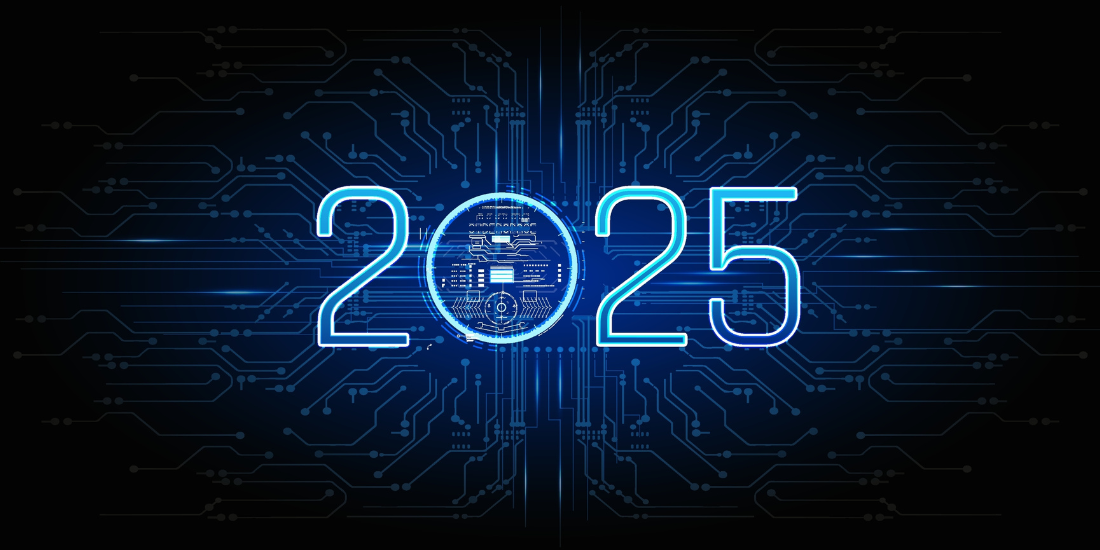
Tech Trends 2025
Technology is rapidly evolving, and emerging trends promise to impact every aspect of our lives and the business world. With artificial intelligence already at the forefront, we will find that it gradually integrates into our lives to the point where we won’t even notice it anymore. Everything will seem so natural, as if AI is an old acquaintance. We will experience a world where things work smarter and faster, transforming industries, enhancing daily routines, and driving innovation across sectors.
Having analyzed the Tech Trends for 2025, we’ve identified the most impactful ones and are ready to present them to you.
Artificial Intelligence: At the Heart of Innovation
As mentioned earlier, artificial intelligence will remain at the center of attention and is expected to revolutionize fields such as healthcare, IT, and customer services. By 2025, we will encounter advanced versions of AI tools that allow users to create high-quality content without requiring specialized knowledge. Business processes will be further automated, while misinformation will increase, posing one of the biggest risks.
Augmented and Virtual Reality: New Levels of Experience
Augmented reality (AR) and virtual reality (VR) technologies will reach new levels, affecting areas such as entertainment, education, medicine, and work. These technologies will become more accessible and more widely integrated into daily life.
Cybersecurity: Facing Modern Threats
Cyberattacks are becoming increasingly complex, necessitating stronger and more advanced data protection solutions. Artificial intelligence will play a dual role, enhancing both cybersecurity measures and the sophistication of threats in cyberspace. As AI-driven tools improve the ability to detect and respond to attacks in real-time, they also empower malicious actors to develop more sophisticated and adaptive cyber threats, creating an ongoing battle between attackers and defenders.
Internet of Things (IoT): Smart Connectivity
The IoT will expand further, with more devices connecting and communicating with each other, creating smart homes and a more interconnected everyday life.
Sustainability: Technologies for a Green Future
Sustainability will be at the forefront in 2025, driven by the development of technologies that reduce the environmental footprint. New computational technologies, including AI and advanced data processing, will help organizations minimize their energy consumption and optimize resource usage, leading to a significant reduction in their overall energy footprint.
Spatial Computing: Innovation in Action
Spatial computing will experience rapid growth, with increasing demand for innovative tools in education, gaming, and e-commerce.

How Smart Agreement Management is Shaping the Future of Business
In today’s fast-paced, digitally distributed business environment, managing contracts and agreements efficiently is no longer…
Read more 24 June, 2025
Understanding Building Energy Management Systems
Building Energy Management Systems (BEMS) have come to replace the traditional Building Management Systems (BMS),…
Read more 28 May, 2025
The state of Cybersecurity
As advanced and emerging technologies continue to evolve, cybersecurity is being challenged by an increasingly…
Read more 9 May, 2025
Transforming IT into a Strategic Investment
For many businesses and executives, technical debt is considered a major obstacle to achieving their…
Read more 24 April, 2025